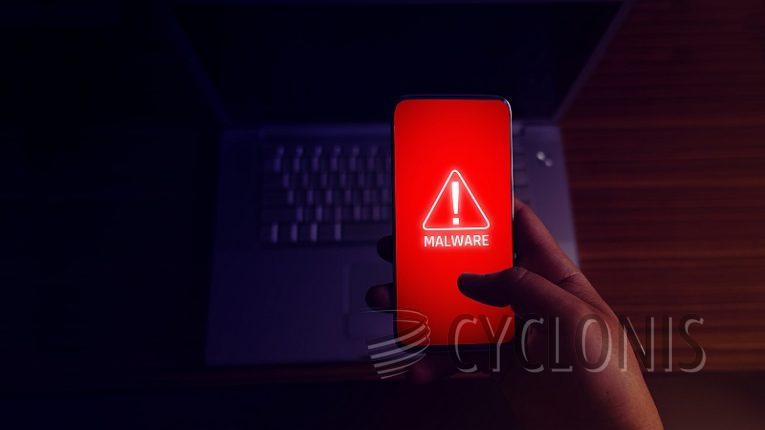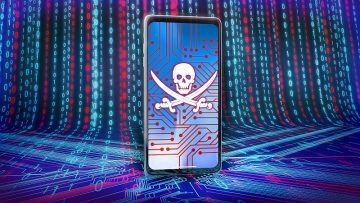AIRAVAT RAT Sneaks Onto Android Devices

AIRAVAT is a Remote Access Trojan (RAT) designed to target Android devices. This type of malware operates by allowing remote access and control over the compromised devices. AIRAVAT encompasses a wide range of harmful functions, including spying and data theft.
As previously mentioned, AIRAVAT is categorized as a RAT, which grants attackers the ability to remotely access and manipulate the devices of their victims. After successfully infiltrating a device, this Trojan commences the collection of relevant device and system data. It can even gain administrator privileges and execute commands in the system shell.
AIRAVAT carries out its operations discreetly in the background, reducing the likelihood of detection. The program automatically initiates its activities upon device reboots and whenever new notifications are received.
Among its capabilities, AIRAVAT can access and exfiltrate all the files stored on victims' devices and compile a list of installed applications. This information can be coupled with the Trojan's capacity to redirect victims to phishing websites through notifications or by forcibly opening them in a web browser. Consequently, knowledge of the victims' accounts dictates the disguises that phishing sites should adopt to successfully obtain login credentials, including usernames and passwords.
AIRAVAT can also retrieve contact lists, call histories, record audio through the device's microphone, read received notifications, and view SMS messages. Additionally, the Trojan can send text messages, potentially being used for activities associated with Toll Fraud malware.
Furthermore, AIRAVAT possesses keylogging capabilities, enabling it to record all the information typed by victims. Its data-stealing functionality extends to the clipboard (copy-paste buffer), which means that this activity can be visible to the user.
In addition to these invasive functionalities, AIRAVAT can manipulate various device settings, such as changing wallpapers, playing music, toggling the torchlight, and causing the device to vibrate.
What Are Remote Access Trojans?
Remote Access Trojans (RATs) are malicious software programs or malware that are designed to provide cybercriminals with unauthorized access and control over a victim's computer or device. The primary purpose of RATs is to allow remote, surreptitious, and often covert access to a compromised system. Here are key characteristics and functionalities of RATs:
Unauthorized Remote Control: RATs enable attackers to take control of a victim's computer or device from a remote location. This control can include accessing files, executing commands, and even manipulating the device's functions.
Covert Operation: RATs are typically designed to operate silently and discreetly, often running in the background without the victim's knowledge or consent. This stealthy operation is crucial to avoid detection.
Data Theft and Exfiltration: RATs can be used to steal sensitive information from the compromised system, including files, documents, passwords, and personal data. Attackers can exfiltrate this data for malicious purposes such as identity theft, espionage, or extortion.
Keylogging: Some RATs have keylogging capabilities, recording all keystrokes made on the victim's keyboard. This allows attackers to capture usernames, passwords, and other sensitive information entered by the victim.
Screen Capture: RATs can capture screenshots of the victim's computer screen, providing attackers with a visual representation of what the victim is doing on their device.
Audio and Video Surveillance: Advanced RATs can activate a device's microphone and camera, allowing attackers to eavesdrop on conversations and capture video footage without the victim's knowledge.
File Manipulation: Attackers can use RATs to create, delete, or modify files and programs on the compromised system. This can disrupt the victim's operations or be used for further malicious actions.
Persistence: RATs often have mechanisms to ensure their continued presence on the compromised system, even after system reboots or security software scans. This helps attackers maintain control for extended periods.
Remote Commands: Attackers can send remote commands to the RAT, instructing it to perform various actions on the victim's device. These commands can include downloading and executing additional malware, spreading the infection, or conducting further reconnaissance.
Data Exfiltration Channels: RATs can communicate with remote command and control (C2) servers controlled by attackers. They use these channels to send stolen data, receive instructions, and update their functionality.








